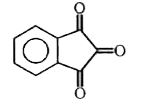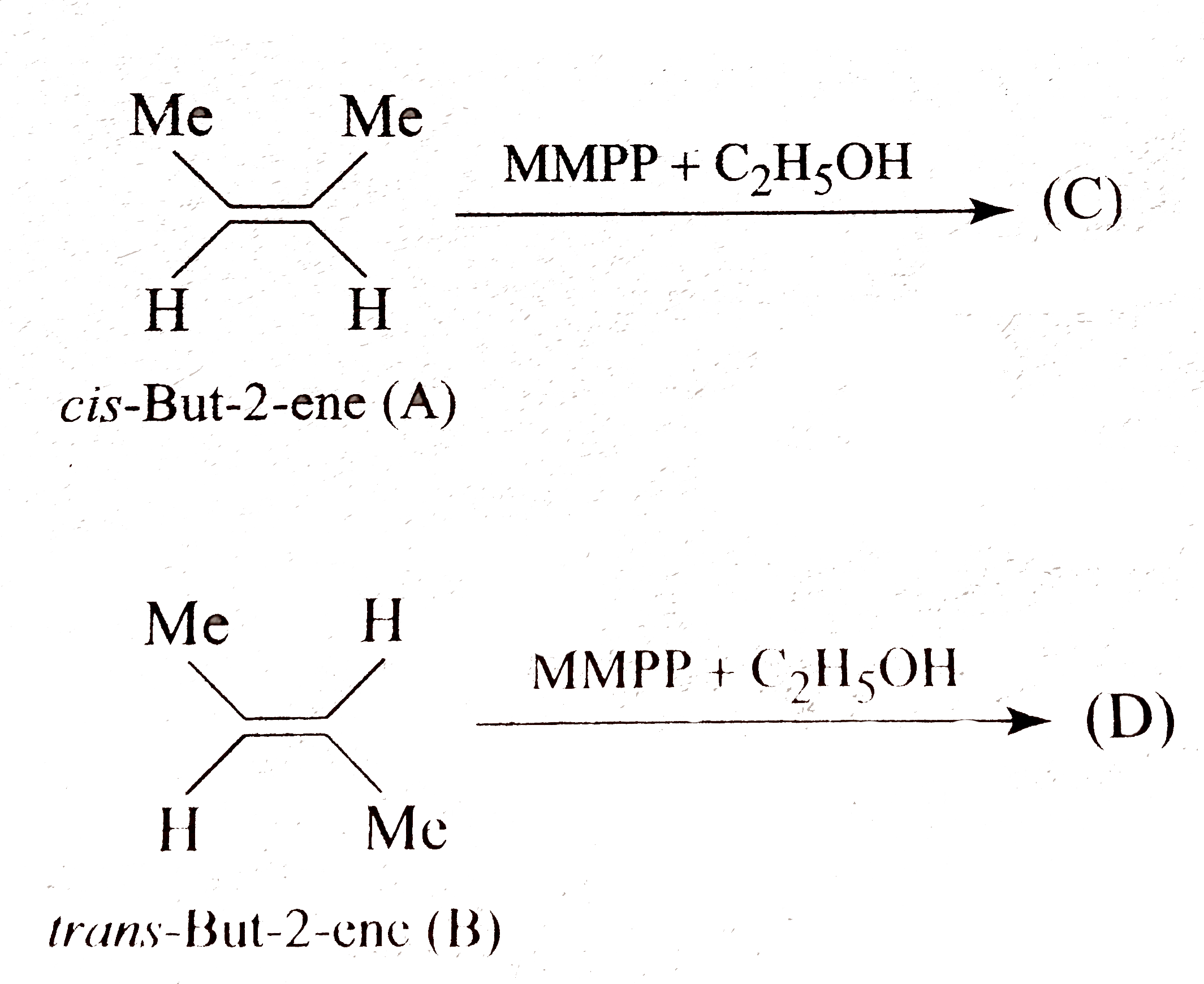Dehydration of hydrates of halides of calcium, barium and strontium i.e., CaCI2.6H2O,BaCI2.2H2O,SrCI2.2H2O, can be achieved by heating. These become wet on keeping in air. Which of the following statements is correct about these halides?
Act as dehydrating agent.
Can adsorb moisture from air
Tendency to form hydrate decreases from calcium to barium
All of the above
The correct Answer is:D
To solve the question regarding the dehydration of hydrates of halides of calcium, barium, and strontium, we will analyze the properties of the given compounds and their behavior when exposed to heat and moisture.
1. Understanding the Compounds:
- We have three hydrated halides:
- Calcium chloride hexahydrate: CaCl2⋅6H2O
- Barium chloride dihydrate: BaCl2⋅2H2O
- Strontium chloride dihydrate: SrCl2⋅2H2O
2. Dehydration Process:
- When these hydrates are heated, they lose their water of crystallization:
- CaCl2⋅6H2O on heating gives CaCl2 and releases 6H2O.
- BaCl2⋅2H2O on heating gives BaCl2 and releases 2H2O.
- SrCl2⋅2H2O on heating gives SrCl2 and releases 2H2O.
3. Behavior in Air:
- These compounds are hygroscopic, meaning they can absorb moisture from the air.
- When left in moist air, they can rehydrate, forming their respective hydrates again:
- CaCl2 can absorb moisture and revert to CaCl2⋅6H2O.
- BaCl2 can absorb moisture and revert to BaCl2⋅2H2O.
- SrCl2 can absorb moisture and revert to SrCl2⋅2H2O.
4. Tendency to Form Hydrates:
- The tendency to form hydrates decreases from calcium to barium. This is due to the increasing size of the cation:
- Calcium ion (Ca2+) is smaller than strontium ion (Sr2+), which is smaller than barium ion (Ba2+).
- Smaller cations have a higher charge density, which leads to a greater degree of hydration and a greater tendency to form hydrates.
5. Conclusion:
- All the statements regarding the behavior of these halides are correct. They can dehydrate upon heating, they become wet in moist air, and the tendency to form hydrates decreases from calcium to barium.
Final Answer:
The correct statement about these halides is that they can dehydrate upon heating, become wet in air, and the tendency to form hydrates decreases from calcium to barium.
- We have three hydrated halides:
- Calcium chloride hexahydrate: CaCl2⋅6H2O
- Barium chloride dihydrate: BaCl2⋅2H2O
- Strontium chloride dihydrate: SrCl2⋅2H2O
- When these hydrates are heated, they lose their water of crystallization:
- CaCl2⋅6H2O on heating gives CaCl2 and releases 6H2O.
- BaCl2⋅2H2O on heating gives BaCl2 and releases 2H2O.
- SrCl2⋅2H2O on heating gives SrCl2 and releases 2H2O.
- These compounds are hygroscopic, meaning they can absorb moisture from the air.
- When left in moist air, they can rehydrate, forming their respective hydrates again:
- CaCl2 can absorb moisture and revert to CaCl2⋅6H2O.
- BaCl2 can absorb moisture and revert to BaCl2⋅2H2O.
- SrCl2 can absorb moisture and revert to SrCl2⋅2H2O.
- The tendency to form hydrates decreases from calcium to barium. This is due to the increasing size of the cation:
- Calcium ion (Ca2+) is smaller than strontium ion (Sr2+), which is smaller than barium ion (Ba2+).
- Smaller cations have a higher charge density, which leads to a greater degree of hydration and a greater tendency to form hydrates.
- All the statements regarding the behavior of these halides are correct. They can dehydrate upon heating, they become wet in moist air, and the tendency to form hydrates decreases from calcium to barium.
The correct statement about these halides is that they can dehydrate upon heating, become wet in air, and the tendency to form hydrates decreases from calcium to barium.
Topper's Solved these Questions
- BOOK - NCERT FINGERTPS ENGLISHCHAPTER - THE S-BLOCK ELEMENTSEXERCISE - Assertion & Reason15videos
THE S-BLOCK ELEMENTS
- BOOK - NCERT FINGERTPS ENGLISHCHAPTER - THE S-BLOCK ELEMENTSEXERCISE - Group 1 Elements - Alkali Elements21videos
THE S-BLOCK ELEMENTS
- BOOK - NCERT FINGERTPS ENGLISHCHAPTER - THE S-BLOCK ELEMENTSEXERCISE - Higher Order Thinkin Skills10videos
THE S-BLOCK ELEMENTS
- BOOK - NCERT FINGERTPS ENGLISHCHAPTER - THE P-BLOCK ELEMENTSEXERCISE - Assertion And Reason15videos
THE P-BLOCK ELEMENTS
- BOOK - NCERT FINGERTPS ENGLISHCHAPTER - THERMODYNAMICSEXERCISE - Assertion And Reason15videos
THERMODYNAMICS
Similar Questions
Knowledge Check
- Question 1 - Select One
Which of the following statements is correct about [Co(H2O)6]2+ complex ?
AElectronic configuration = 3d7→t52ge2g ,
no. of unpaired electrons = 3,μ=3.87B.MBElectronic configuration = 3d6→t42ge2g .
no. of unpaired electrons = 2 , μ=2.87B.MCElectronic configuration = 3d7→t62ge1g .
no. of unpaired electrons = 1 , μ=2.87B.MDElectronic configuration = 3d7→t32ge4g .
no. of unpaired electrons = 3 , μ=3.87B.M - Question 2 - Select One
Which of the following does not form a stable hydrate on addition of H2O ?
A B
B C
C D
D
Calculate the percentage composition of hydrated calcium chloride, CaCl2.6H2O.
View SolutionH2O2+H2O2→2H2O+O2 is an example of dispropotionation because -
View Solution
(C) H3O+/H2O−−−−−−−→(E)
(D) H3O+/H2O−−−−−−−→ (F)
Which of the following statements is / are correct ?View SolutionIn the reaction
2H2O2→2H2O+O2View SolutionReview the equilibrium and choose the correct statement HCIO4+H2O⇔H2O+CIO−4
View SolutionH4B2–––O6+H2O→H3BO3+H2O2
View Solution

